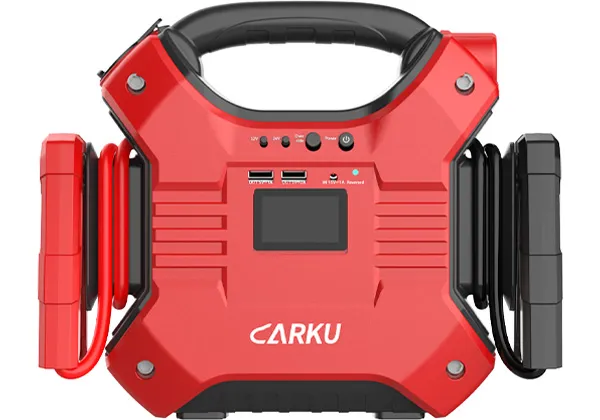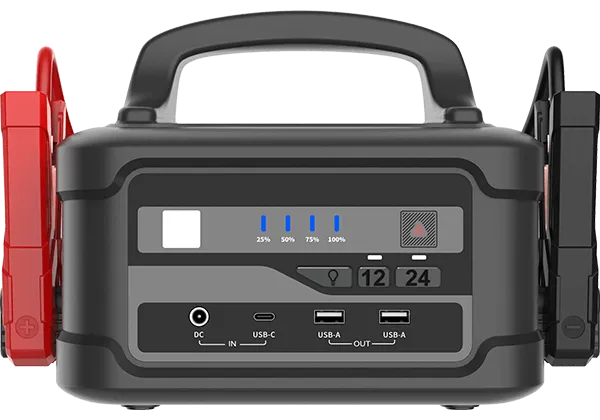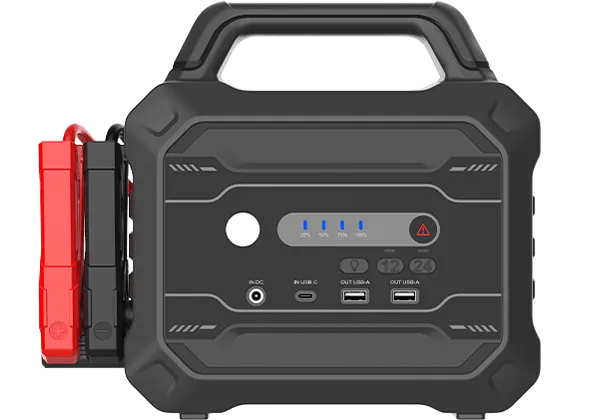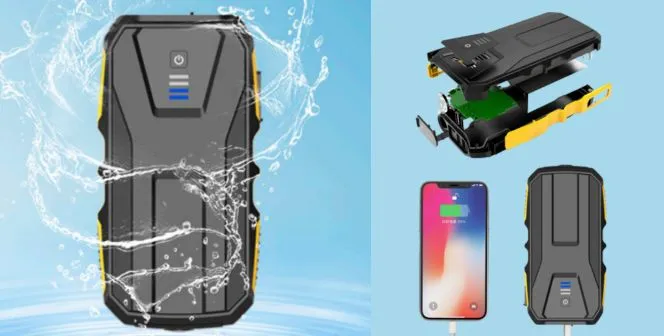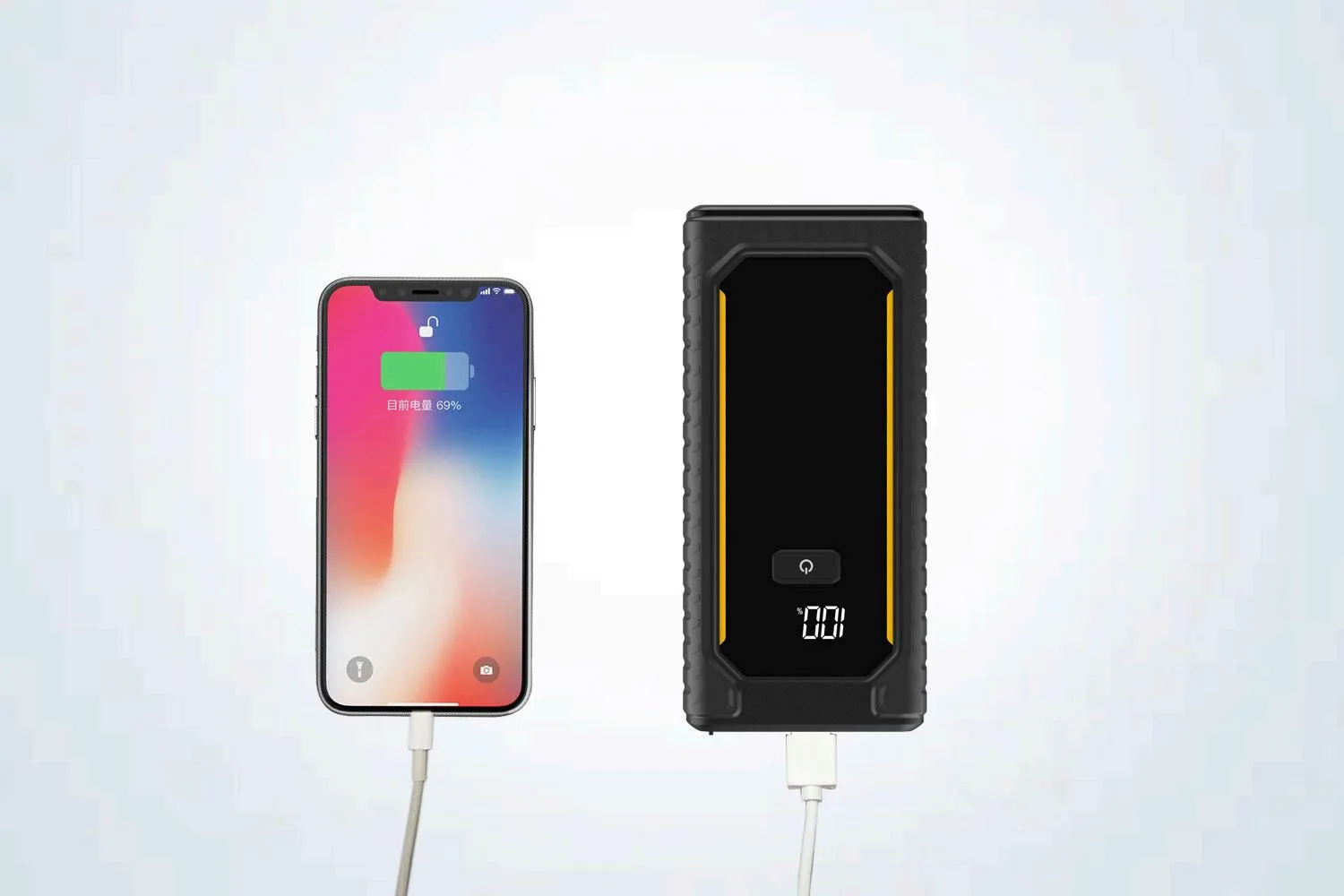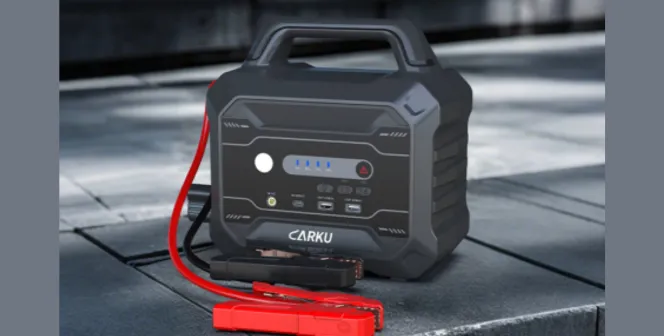RV living presents unique challenges when it comes to maintaining reliable power systems. A 24V jump starter can be an essential piece of safety equipment, but not all jump starters are created equal for RV applications. Understanding what makes a 24V jump starter safe and suitable for RV living is crucial for any serious RVer.
What Makes A 24v Jump Starter Safe For Rv Living?
Most Class A motorhomes and larger RVs operate on 24-volt electrical systems, requiring a specialized 24 volt battery jump starter rather than standard 12-volt units. A properly designed 24 volt battery jump starter delivers the substantial power needed to start large diesel engines and handle the electrical demands of complex RV systems.
What to look for the reliable and safe power backup system for RV owners?
1.Advanced Protection Systems
Every quality 24 volt battery jump starter should incorporate multiple safety mechanisms:
Reverse Polarity Protection in your 24 volt battery jump starter prevents catastrophic damage if cables are connected incorrectly. This feature is particularly crucial for RV applications where electrical connections may be made in challenging conditions or low-light situations.
Overload Protection ensures your 24 volt battery jump starter automatically shuts down when excessive current is detected, protecting both the unit and your RV's electrical system from damage.
Short Circuit Protection immediately cuts power if your 24 volt battery jump starter detects a short circuit, preventing potential fires or equipment damage that could be devastating in an RV environment.
Overvoltage Protection prevents your 24 volt battery jump starter from delivering dangerous voltage levels that could damage sensitive RV electronics and control systems.
2.Temperature Management in 24 Volt Battery Jump Starters
RV travel exposes equipment to extreme temperature variations, making thermal management critical for 24 volt battery jump starter safety:
·Wide Operating Range: A reliable 24 volt battery jump starter operates safely from -20°F to 140°F (-29°C to 60°C),though advanced Li-ion models can extend this range to -40°F to 140°F (-40°C to 60°C).
·Thermal Shutdown: Quality 24 volt battery jump starter units automatically shut down if internal temperature exceeds safe limits.
·Cold Weather Performance: Your 24 volt battery jump starter must deliver reliable starting power even in freezing conditions when battery capacity is naturally reduced.
Are Li-ion Jump Starters Safe in an RV?
When it comes to choosing a reliable battery jump starter, the internal battery chemistry matters more than most people realize. While many jump starters still use standard lithium-ion cells (LiCoO₂), an increasing number of high-performance models are now built around LiFePO₄ (Lithium Iron Phosphate) technology—and for good reason.
Built for high-cycle, high-stress use.A typical battery jump starter with LiFePO₄can withstand over 2000 charge/discharge cycles, often 4–5 times longer than Li-ion alternatives.
For users who rely on their jump starter not just for emergencies but also as a power bank or DC supply, this long lifespan ensures consistent performance year after year.
Eco-Friendly and Non-Toxic.LiFePO₄batteries use iron and phosphate—non-toxic and recyclable materials, unlike cobalt-based Li-ion cells.For eco-conscious users, this makes your jump starter not only safer, but more responsible.
Moreover,different battery technologies in 24 volt battery jump starter units offer varying performance characteristics:
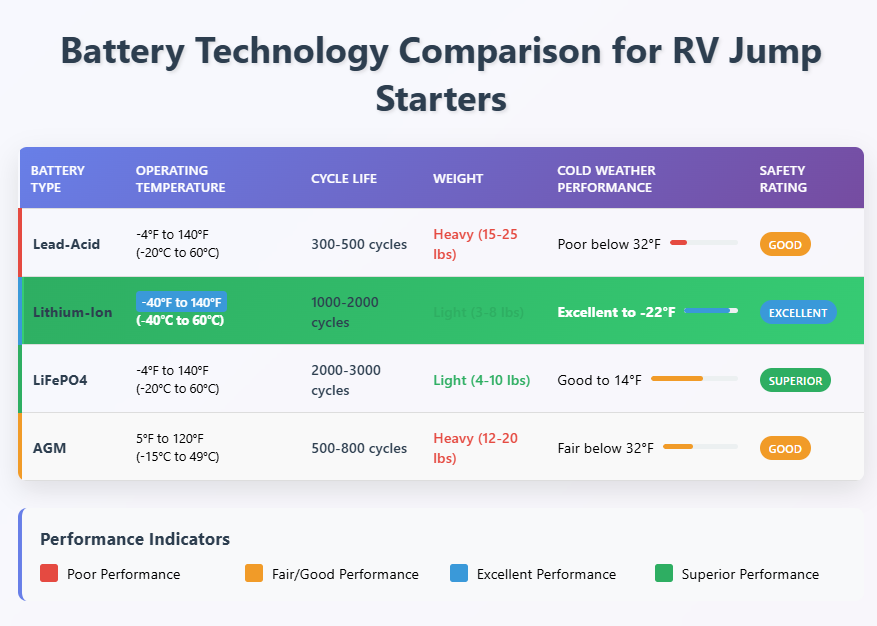
Image Shown: Battery Technology Comparison For RV Jump Starters
Is 24v Lifepo₄Jump Battery A Safer Lithium Option?
Safety first: LiFePO4's thermal threshold is ~600°C, compared to ~300°C for regular Li-ion cells.LiFePO4 cells are significantly more stable under high temperatures and current loads.Unlike traditional lithium-ion batteries, they do not easily overheat or catch fire, even during a high-output engine crank. This makes them ideal for battery jump starters that are often stored in hot trunks or used under pressure.
Internal Battery Safety (LiFePO₄Preferred).Choosing the right battery chemistry: why lifepo₄ outperforms traditional lithium-ion in jump starters?In the evolution of portable jump starter technology, battery chemistry plays a critical role. While traditional lithium-ion (LiCoO₂) batteries offer high energy density, Lithium Iron Phosphate (LiFePO₄) has emerged as a superior alternative—delivering unmatched safety, stability, and long-term performance. This article explains why LiFePO₄is ideal for modern jump starter applications, especially in professional, RV, and off-grid environments.
LiFePO₄Safety ≠ Weak Performance. Delivers powerful cranking amps—without compromise.While LiFePO₄batteries may have slightly lower energy density compared to traditional lithium-ion cells, they more than make up for it with exceptional burst power. These batteries are engineered to deliver high peak discharge currents, making them perfectly suited for starting gasoline or diesel engines—even in commercial 24V trucks or RVs.
Some LiFePO₄-powered jump starters on the market offer peak currents of 1500A to 2000A, providing the muscle to start large diesel engines in freezing conditions—without sacrificing safety or stability.
When selecting a 24-volt battery jump starter for RV living, prioritize the CARKU 2300A-Jump-Starter-JS-78F:Adequate Capacity: Ensure your 24 volt battery jump starter exceeds your RV's starting requirements;Safety Features: Select a 24 volt battery jump starter with comprehensive protection systems;Build Quality: Choose a 24 volt battery jump starter designed for mobile applications;Service Support: Select a 24 volt battery jump starter from manufacturers offering reliable warranty support.
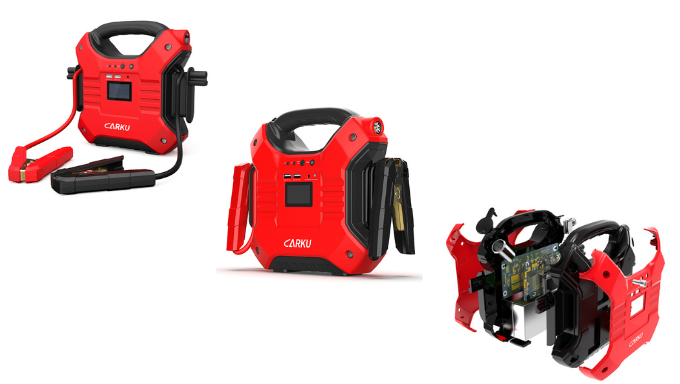
Image Shown: 2300A-Jump-Starter-JS-78F
What Is The Lifespan Of A Supercapacitor Battery?
When searching for the best capacitor jump starter, one of the most important questions drivers and professionals ask is:How long does a supercapacitor battery really last?Unlike traditional lithium-ion or lead-acid starters, supercapacitor-powered jump starters represent a leap in durability, readiness, and cold-weather reliability. Here's what you need to know.
Supercapacitors aren’t batteries in the traditional sense—they store energy electrostatically, not chemically. This gives them an exceptional cycle life of 100,000 to 1,000,000 cycles, far exceeding even LiFePO₄ batteries.
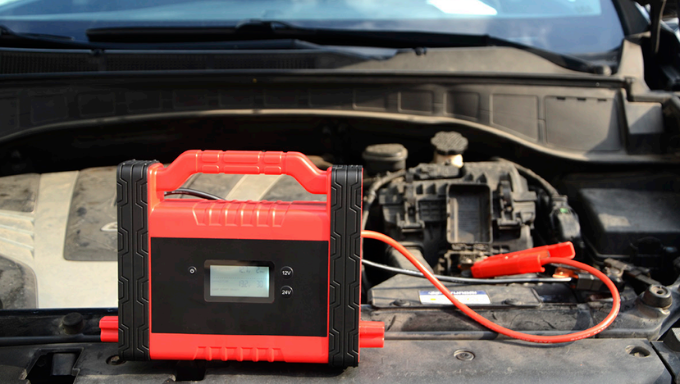
What's the Difference Between Supercapacitor and Traditional 24v Jump Starter?
Unlike traditional lithium-ion or lead-acid starters, supercapacitor-powered jump starters represent a leap in durability, readiness, and cold-weather reliability. Here's what you need to know.
Why lifespan matters when choosing the best capacitor jump starter:
|
|
Feature
|
Supercapacitor Jump Starter
|
Lithium Jump Starter
|
|
Cycle Life
|
100,000+ cycles
|
300–1000 cycles
|
|
Cold Weather Performance
|
Excellent (–40°C or lower)
|
Moderate to Poor
|
|
Shelf Life
|
10+ years (no recharge needed)
|
6–12 months with recharging
|
|
Charging Time
|
30–90 seconds
|
Several hours
|
|
Maintenance Needs
|
Ultra-low
|
Moderate
|
|
|
|
When paired with a LiFePO₄24V system, a supercapacitor jump starter like the JS-161 completes the perfect solution.Traditional lithium jump starters typically max out around 500-1000A, which is fine for most cars but struggles with larger engines or really dead batteries. The JS-161 supercapacitor starter delivers a solid 1200A peak current consistently.
Longevity makes the price worth It.This is where the math gets interesting. Traditional lithium jump starters last 300-800 charge cycles before losing significant capacity. If you use it 20-30 times per year, you're looking at replacement every 2-4 years. The supercapacitor version is rated for 100,000+ cycles, which should translate to 10+ years of heavy use. Even with the higher upfront cost, the long-term cost might actually be lower than constantly replacing lithium units.
For occasional use, a basic lithium jump starter might be fine. But if you need reliability, work with different voltage systems, or live somewhere with real winters, the supercapacitor technology is worth the investment. The JS-161 has become my go-to recommendation for anyone who needs a jump starter they can actually depend on.
FAQs
1.Can a jump starter work in extreme cold weather?
Yes, a jump starter can work in extremely cold weather, but its effectiveness may be reduced. Cold temperatures can impair the performance of both the jump starter's battery and the car battery, making it harder to start the vehicle. It's best to keep the supercapacitor jump starter in a location with temperatures between -40˚F and 131˚F for maximum performance.
2.Is there a jump starter that works for both 12V and 24V vehicles?
Yes, jump starters that work with both 12V and 24V vehicles are available. Carku jump starters are designed to be versatile and can handle various vehicle types, including those with 24V electrical systems like some trucks and commercial vehicles.







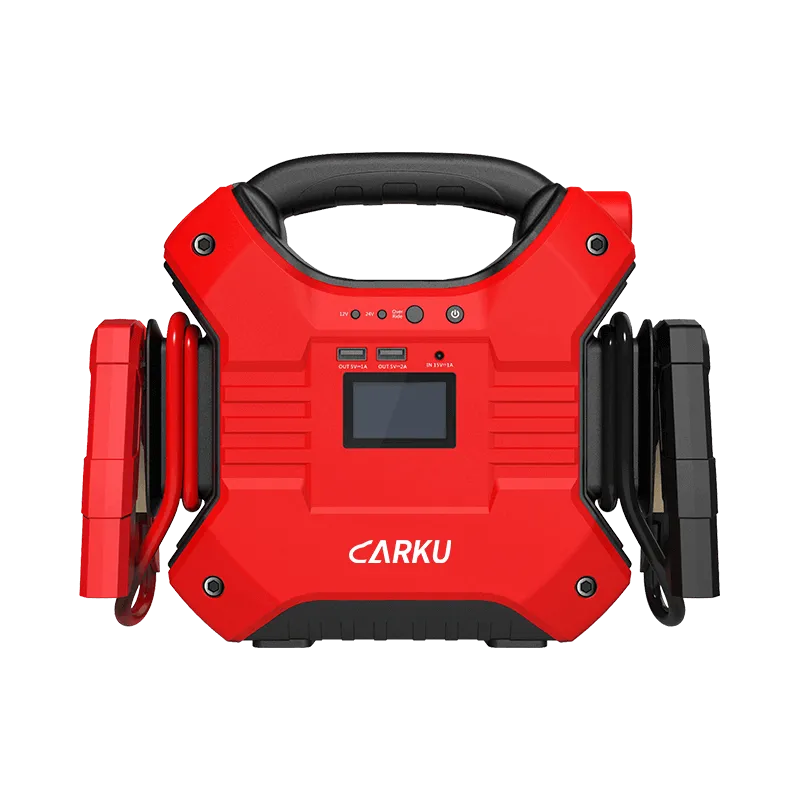
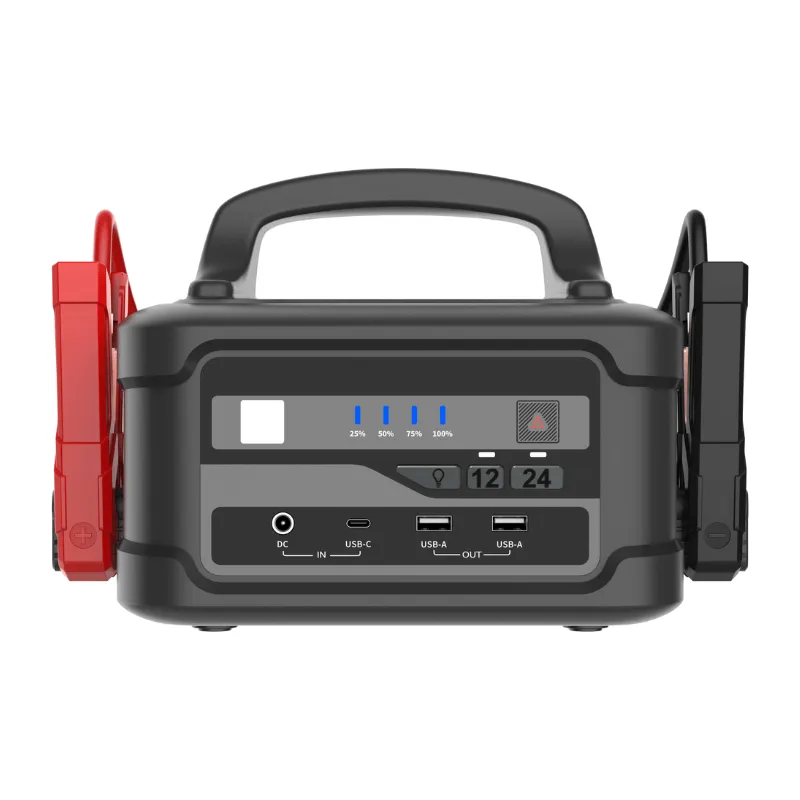
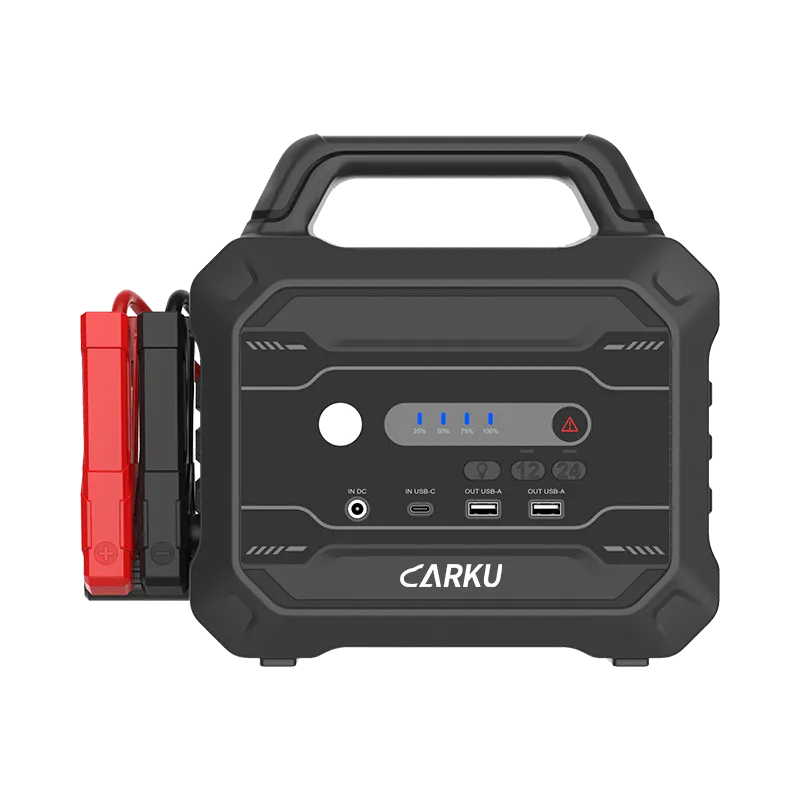
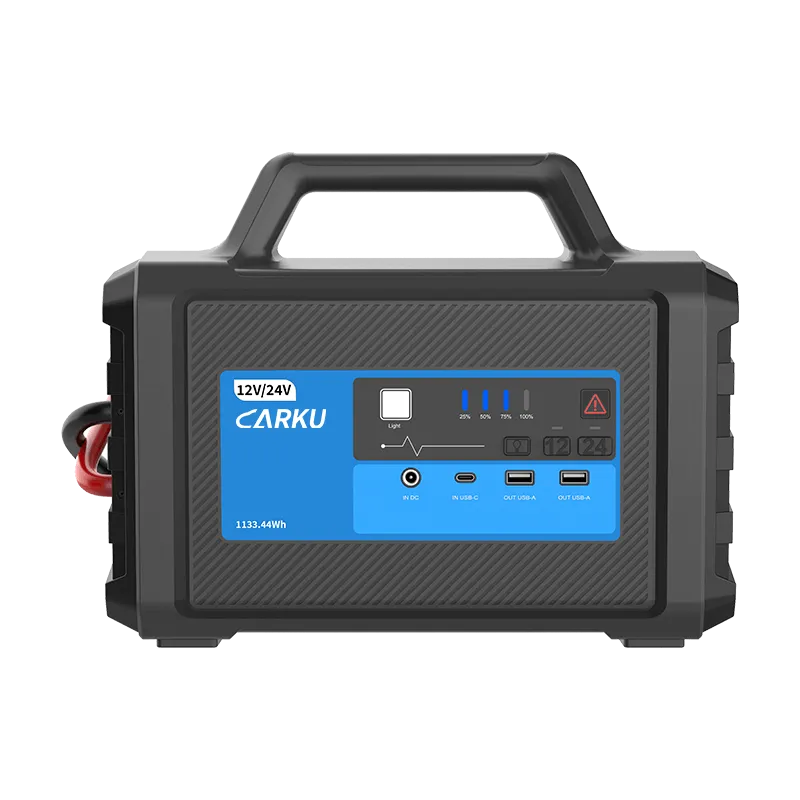
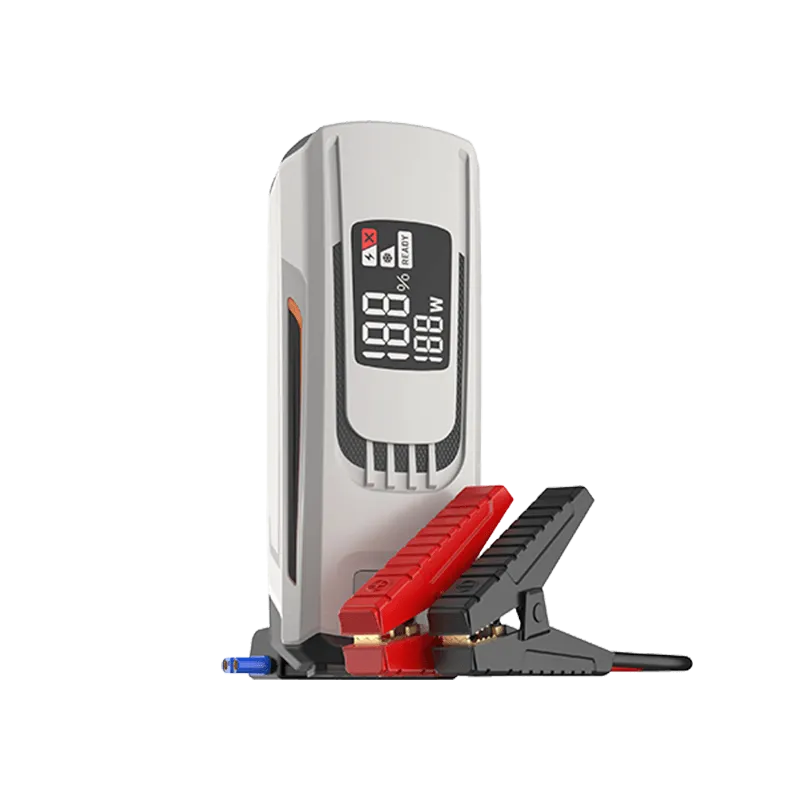

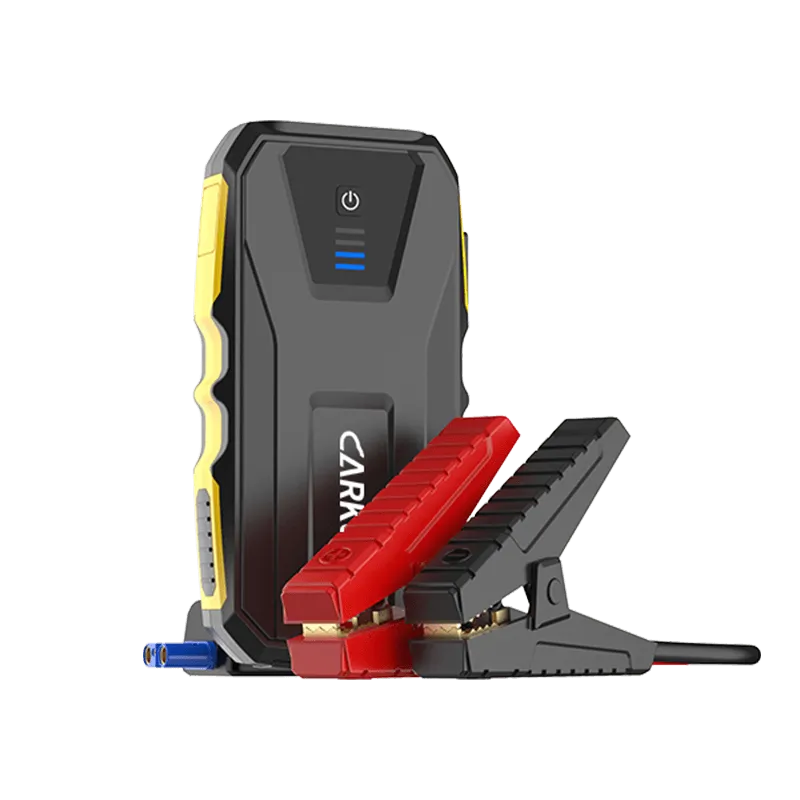
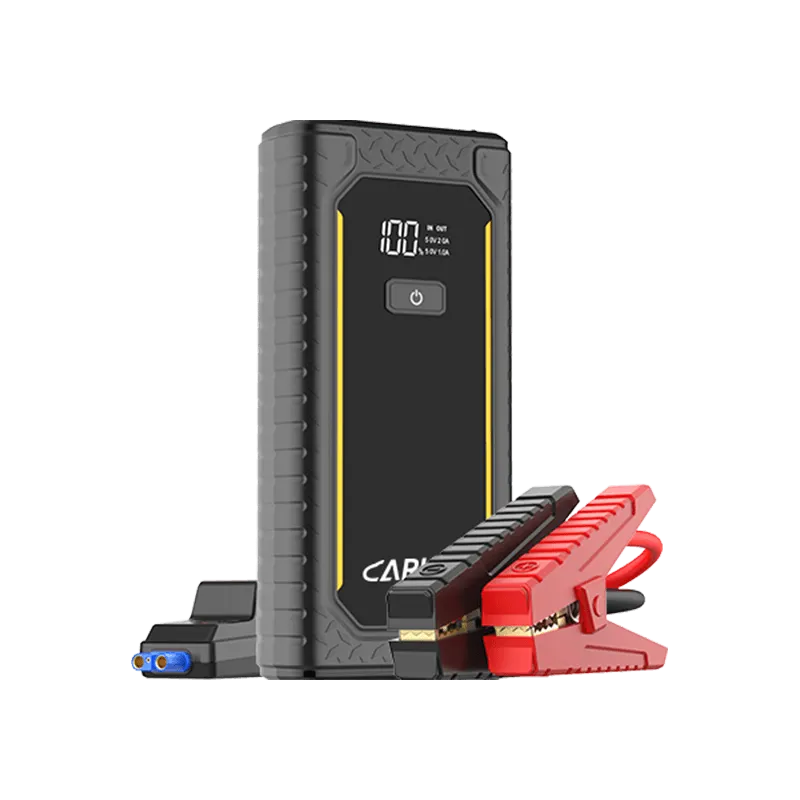
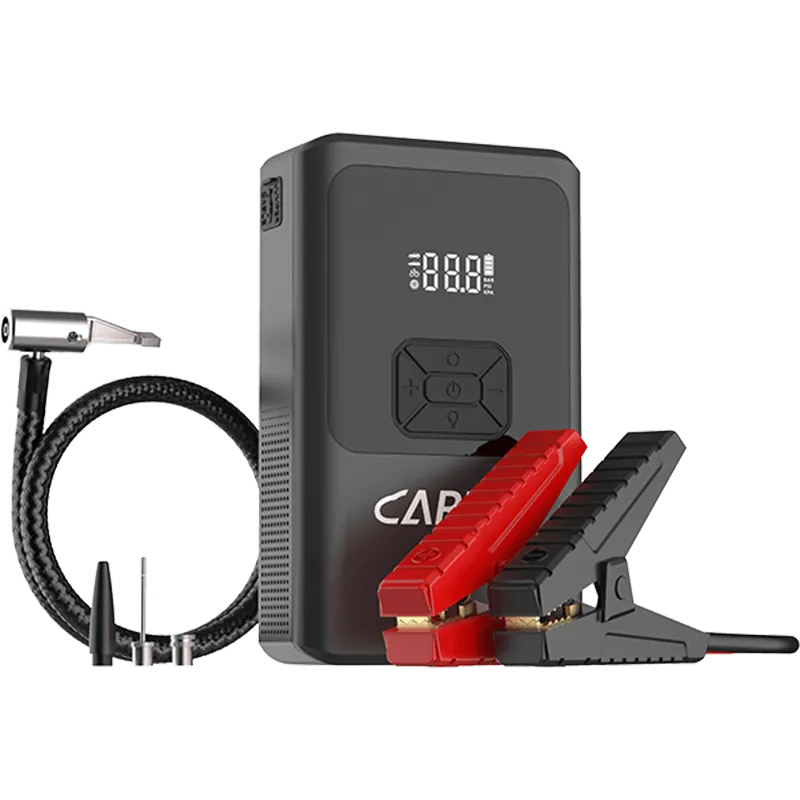
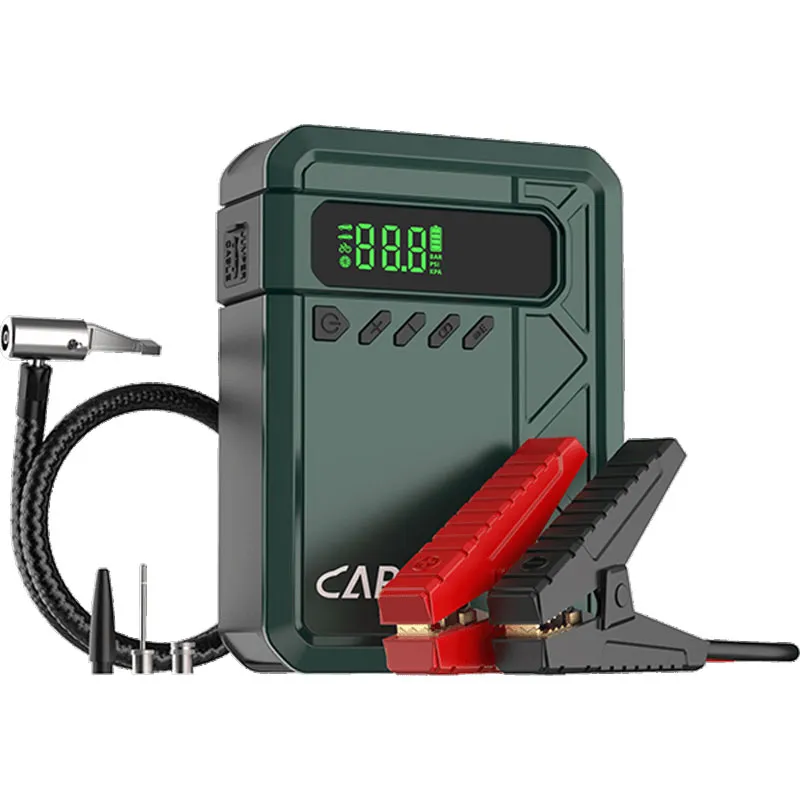
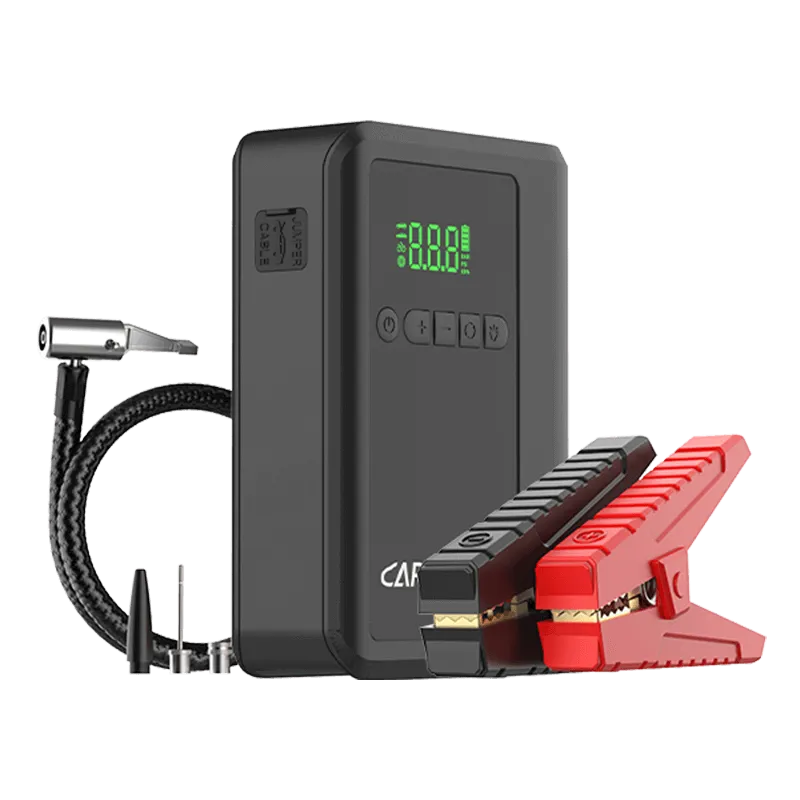
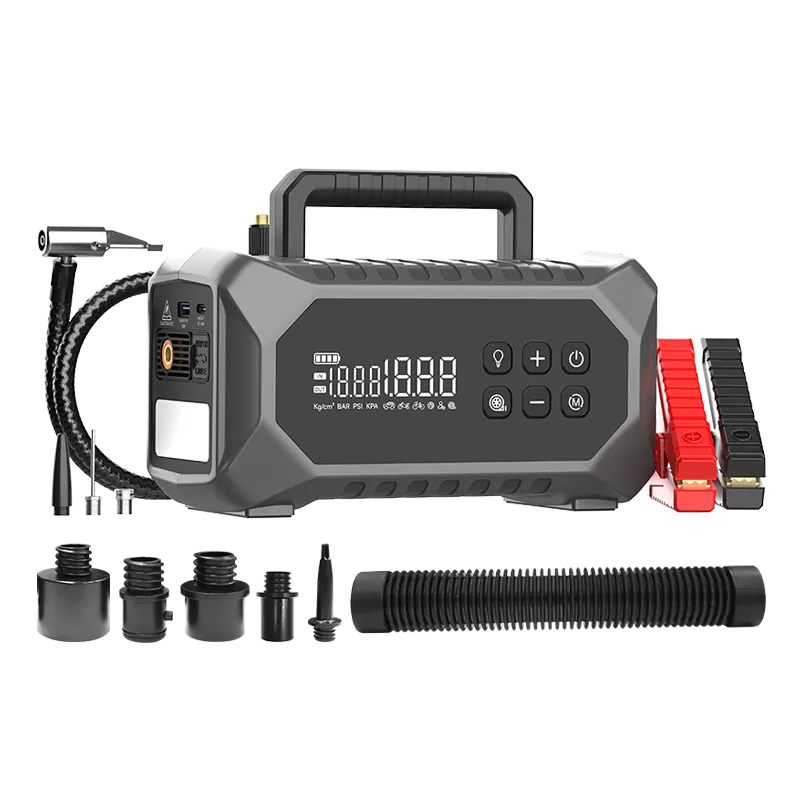
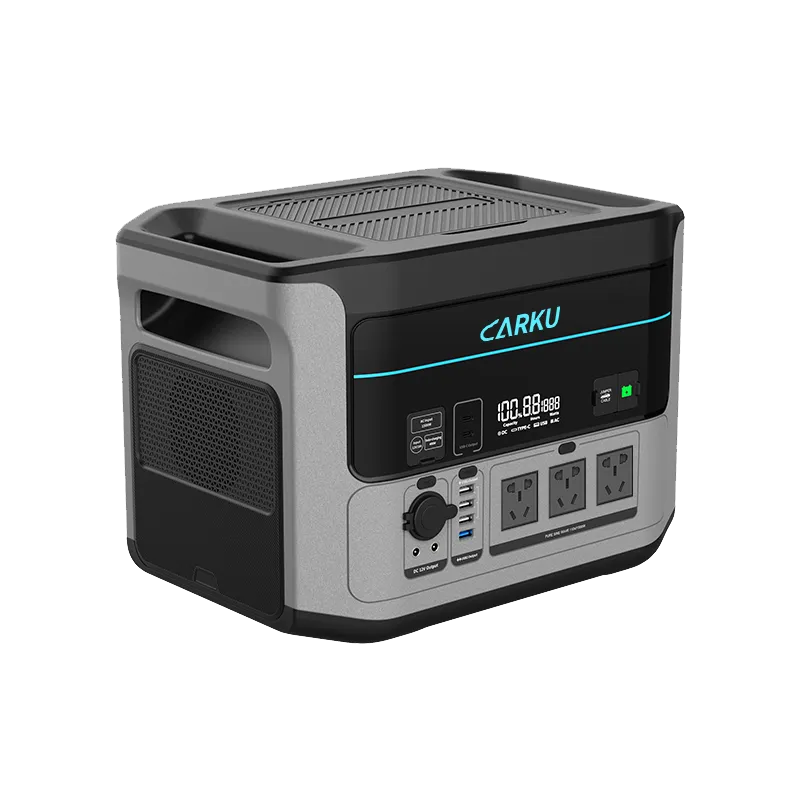

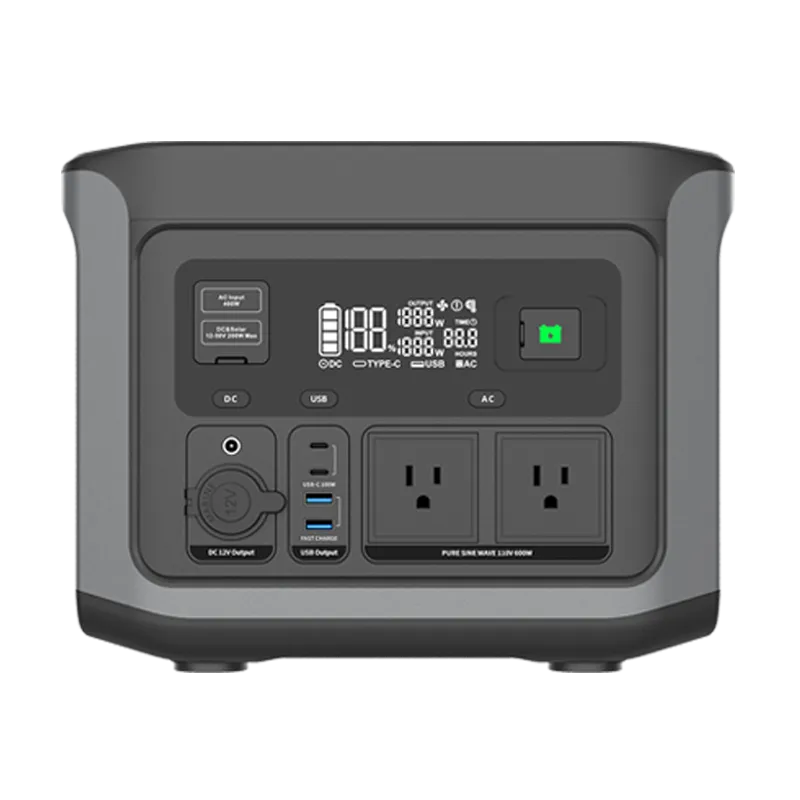
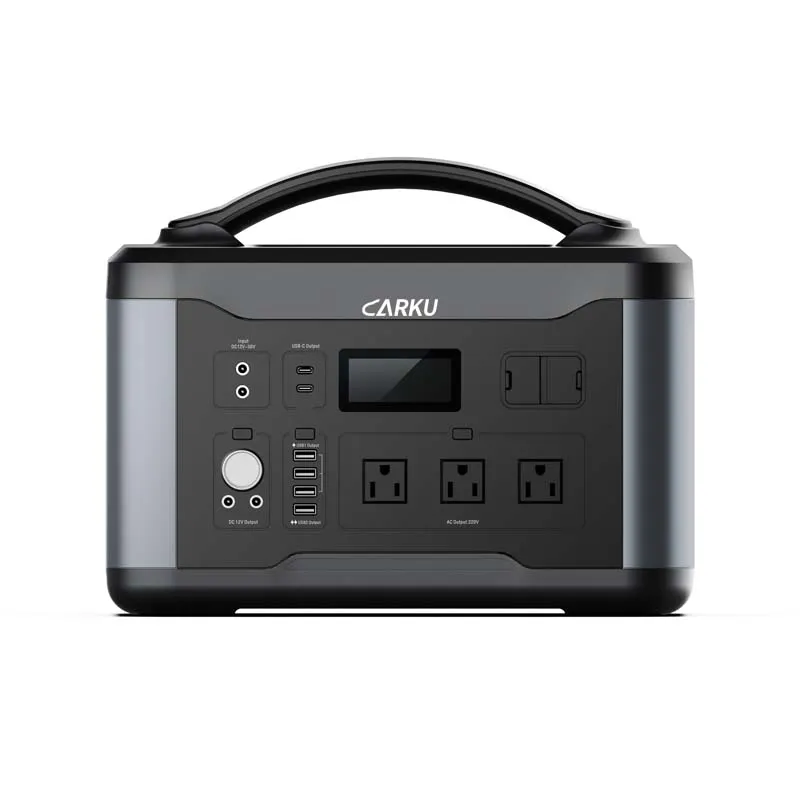
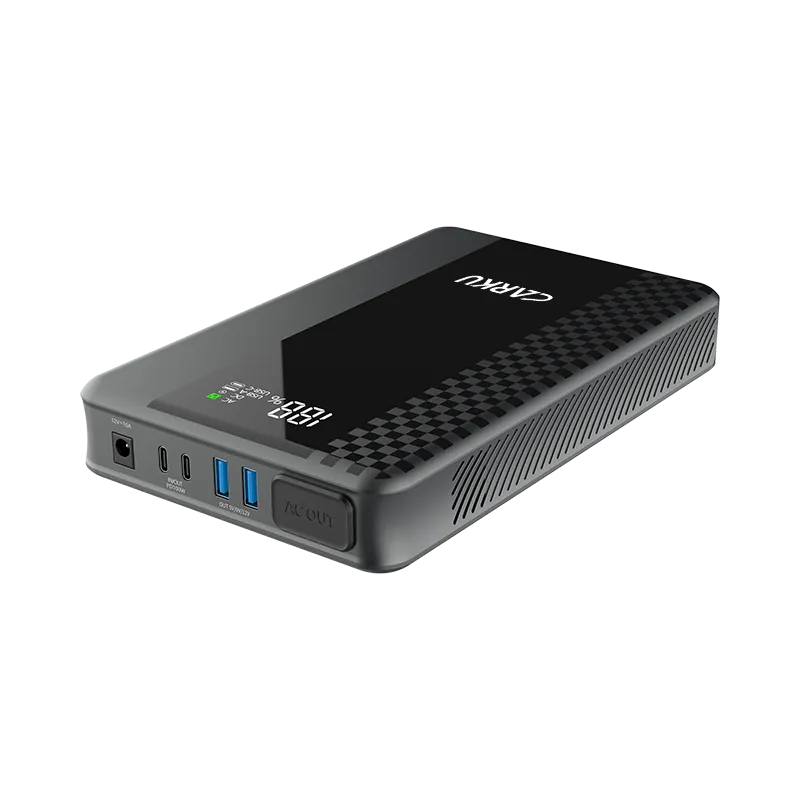
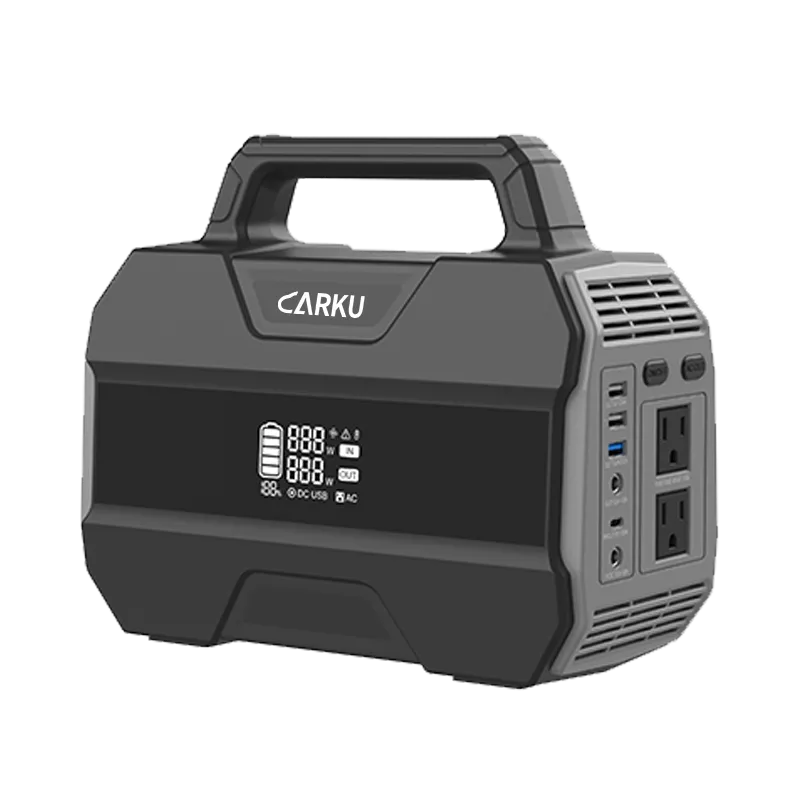
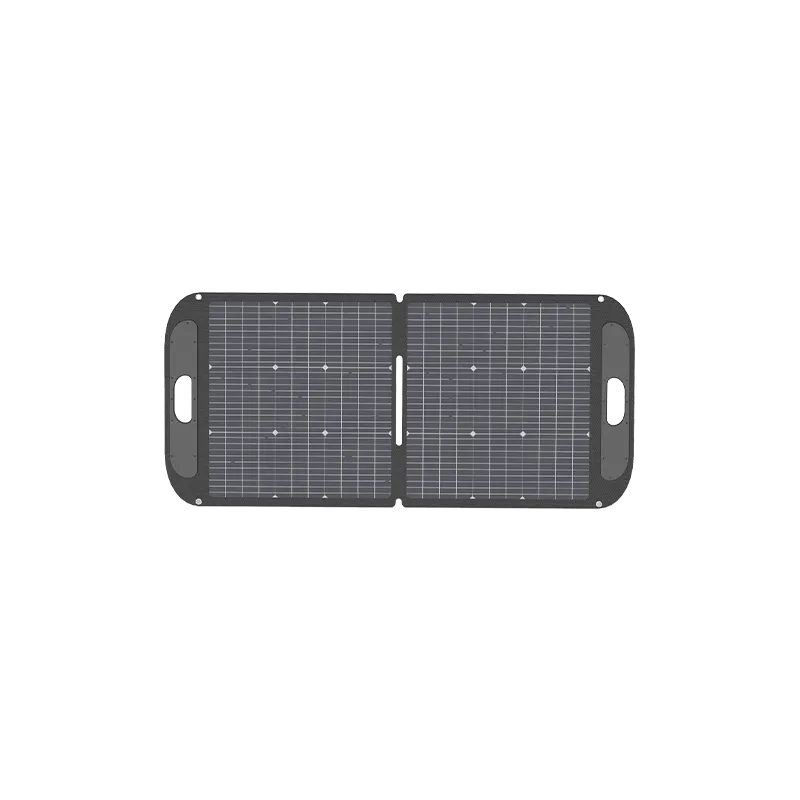

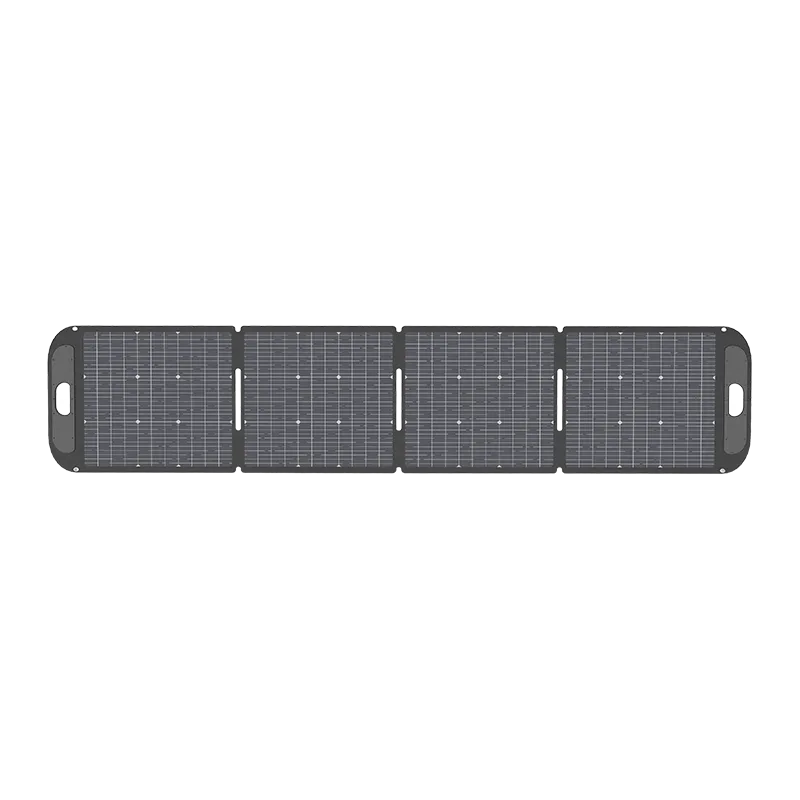
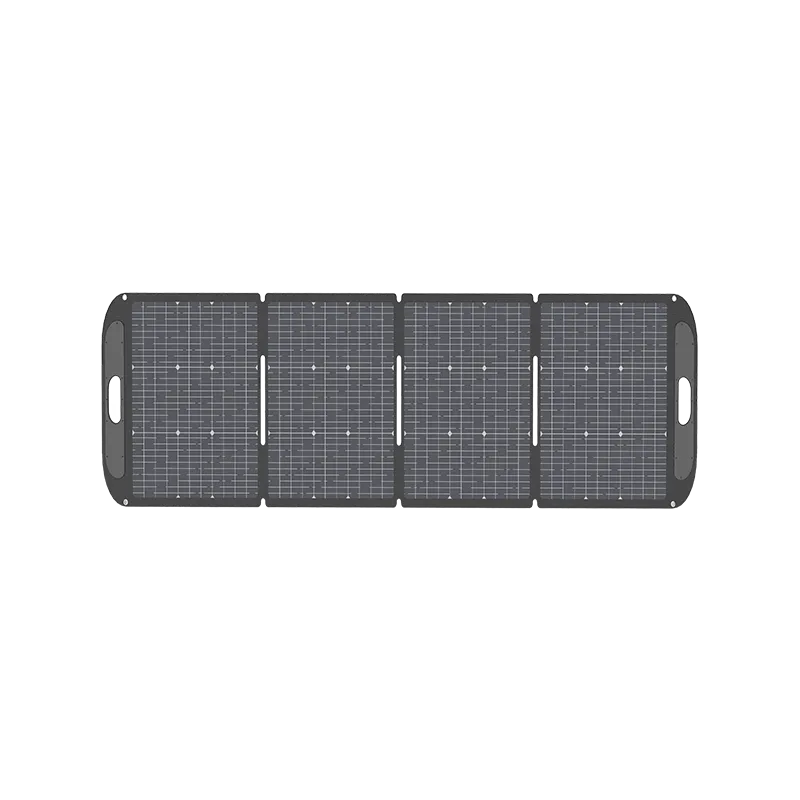
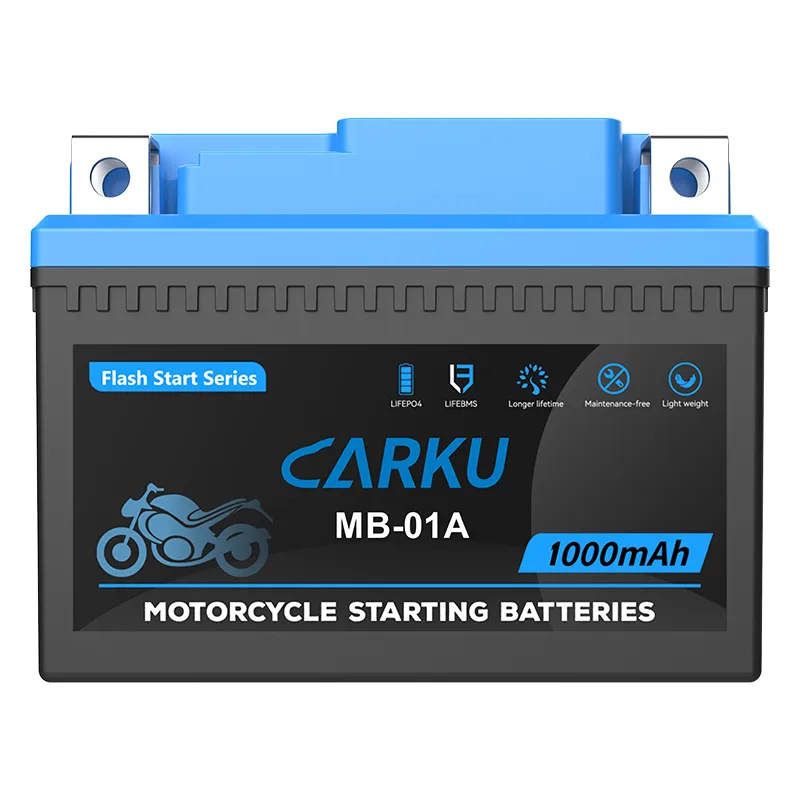
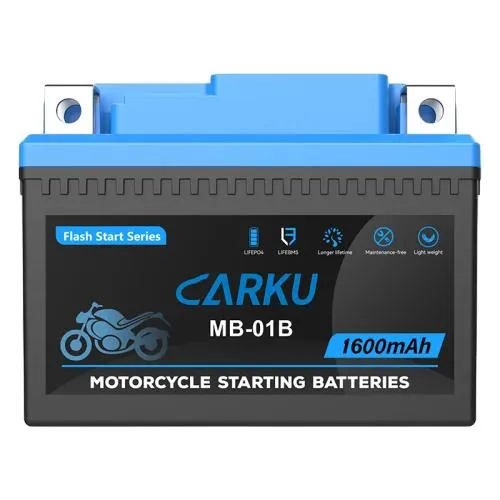
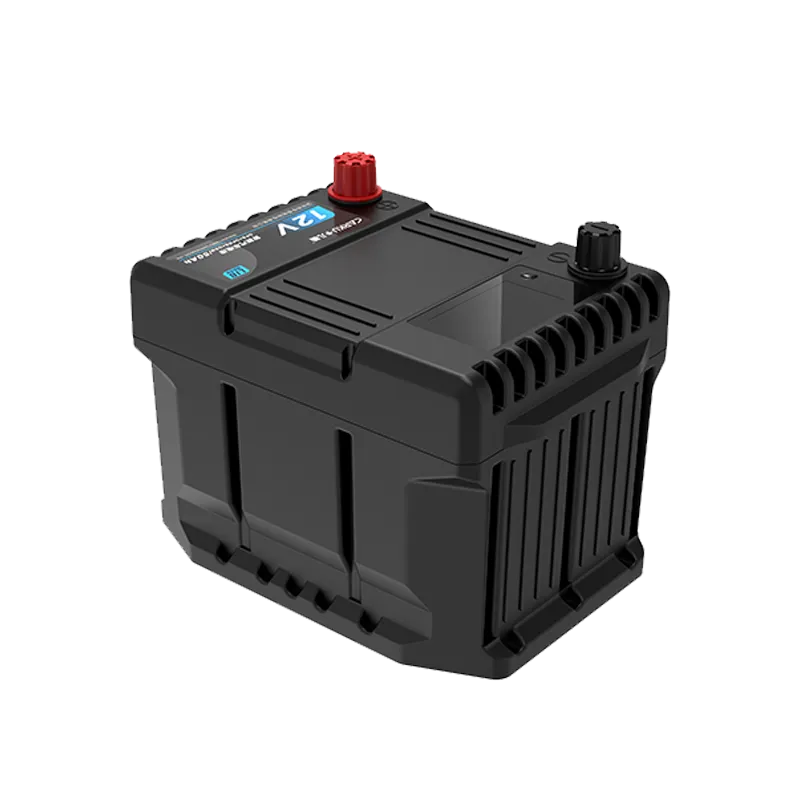
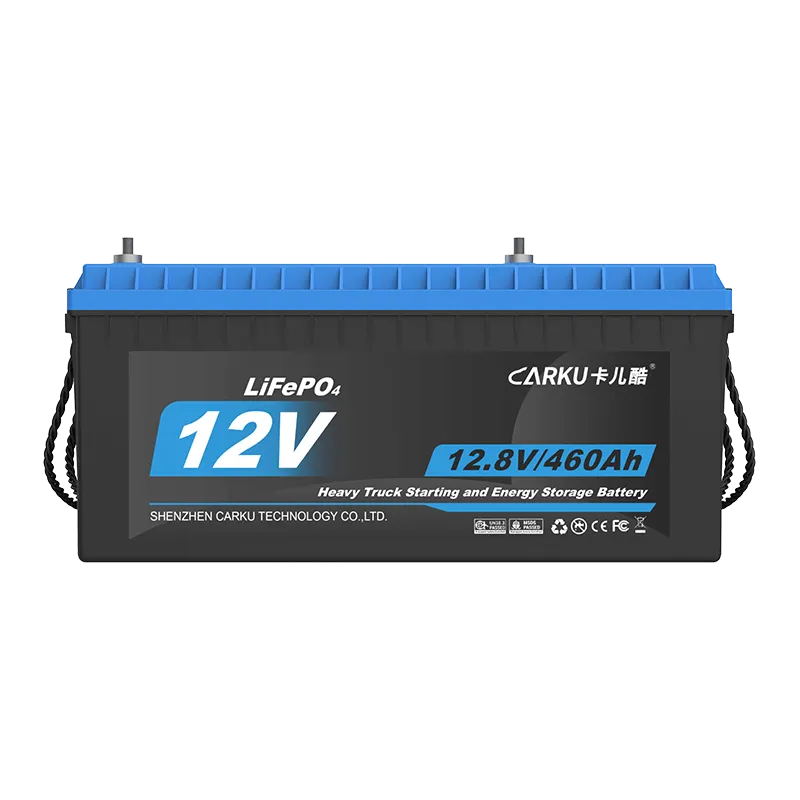
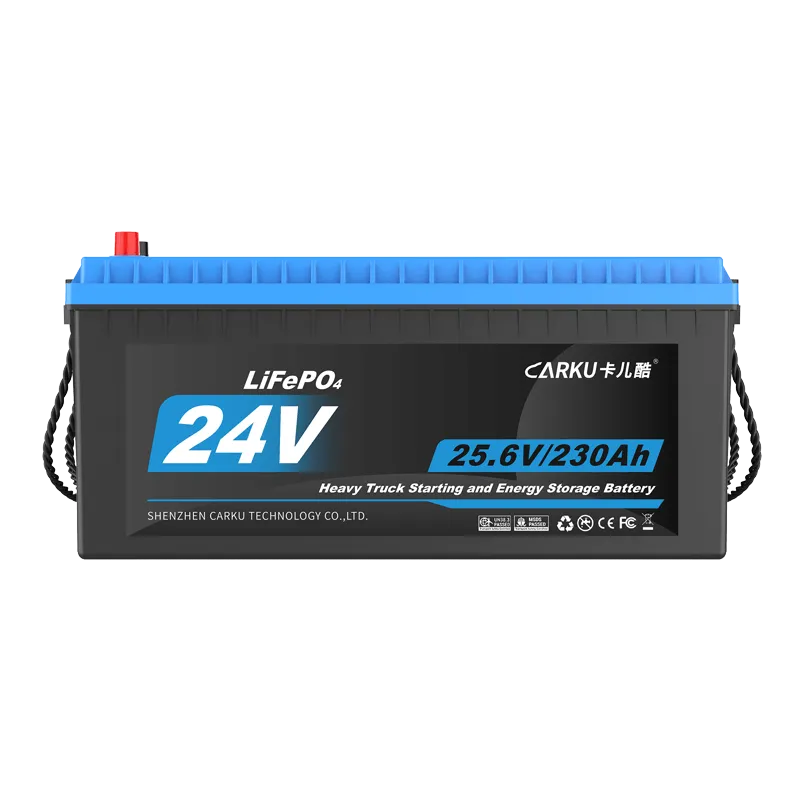

 Jump Starter ODM/OEM Solutions
Jump Starter ODM/OEM Solutions Portable Power Station ODM/OEM Solutions
Portable Power Station ODM/OEM Solutions Starting Battery ODM/OEM Solutions
Starting Battery ODM/OEM Solutions ABOUT CARKU
ABOUT CARKU STRENGTH FACTORY
STRENGTH FACTORY THE DEVELOPMENT HISTORY OF CARKU
THE DEVELOPMENT HISTORY OF CARKU CORE COMPETITIVENESS
CORE COMPETITIVENESS COMPANY CULTURE
COMPANY CULTURE QUALIFICATION
QUALIFICATION
 CARKU News
CARKU News CARKU Exhibitions
CARKU Exhibitions CARKU Battery Applications
CARKU Battery Applications





